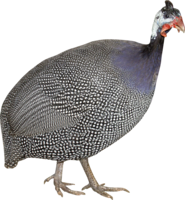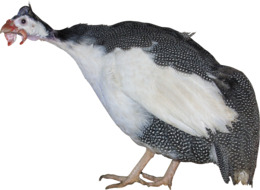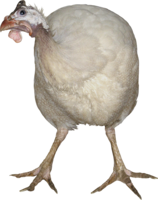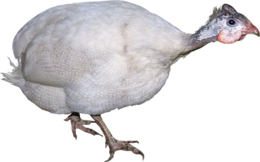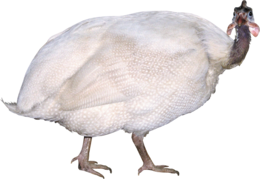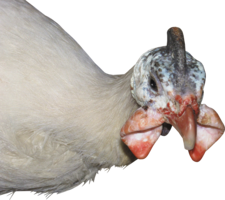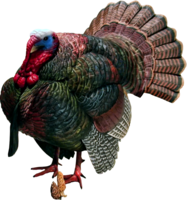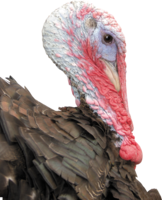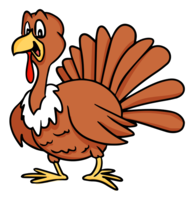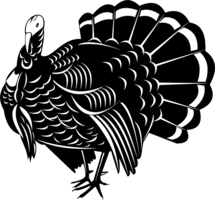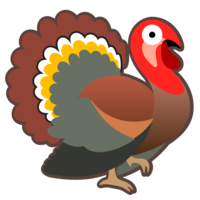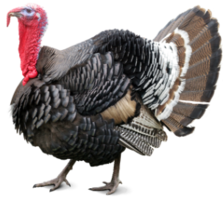In this turkey page you can download free turkey PNG images: turkey PNG images free download
In this gallery of turkey, we have 68 free PNG images with transparent background.
The turkey is a large bird belonging to the genus Meleagris and is native to the Americas. Both male turkey species feature a distinctive fleshy wattle or protuberance, known as a snood, which hangs from the top of the beak. They are among the largest birds within their respective ranges, and like many galliformes, males are larger and more colorful than females.
Turkeys were first domesticated in ancient Mexico, primarily for food and their cultural significance. The Aztecs had a specific name for turkeys, which is still used in modern Mexico alongside the general term "pavo." Spanish chroniclers, such as Bernal Diaz del Castillo and Father Bernardino de Sahagun, documented the variety of foods offered in the markets of Tenochtitlán, including tamales made from turkey, iguana, chocolate, vegetables, and fruits. The ancient people of Mexico not only domesticated turkeys but also developed sophisticated recipes incorporating these ingredients over centuries.
The name "turkey" has two proposed origins according to Columbia University professor Mario Pei. One theory suggests that when Europeans encountered turkeys in the Americas, they mistook them for a type of guineafowl, already being imported into Europe by merchants from Turkey via Constantinople. Hence, they were dubbed "Turkey coqs" or "Indian turkeys," later shortened to "turkeys."
Another theory suggests that turkeys reached England not directly from the Americas but via merchant ships from the Middle East, where they were successfully domesticated. The Middle Eastern merchants were known as "Turkey merchants" due to the region's affiliation with the Ottoman Empire. Consequently, the birds were named "Turkey birds" or simply "turkeys."
In 1550, English navigator William Strickland, credited with introducing turkeys to England, was granted a coat of arms featuring a "turkey-cock in his pride." William Shakespeare's use of the term "turkey" in Twelfth Night further suggests its widespread usage during the early 17th century.
Other countries have different names for turkeys, many incorporating an assumed Indian origin due to Christopher Columbus' belief that he had reached India rather than the Americas. These include diik Hindi (Arabic), dinde (French), индюшка (Russian), indyk (Polish), and Hindi (Turkish). In Portuguese, a turkey is called a peru, likely derived from the country Peru.
Several other birds occasionally referred to as turkeys are not closely related, including brushturkeys (megapodes), the Australian bustard (sometimes called the "Australian turkey"), and the anhinga (sometimes called a "water turkey"). An infant turkey is commonly referred to as a "chick," "poult," or "turklette."
